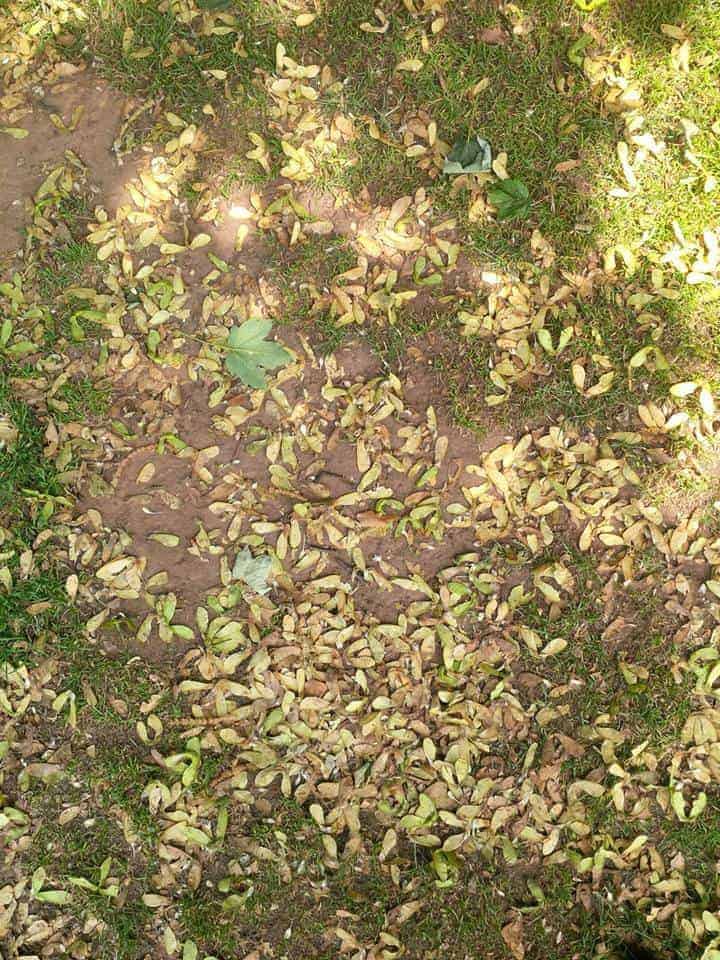Protect your horse from Atypical Myopathy

Petplan Equine insurance specialists have recently seen a sharp rise in the number of calls about Atypical Myopathy, a potentially fatal illness caused by horses ingesting sycamore seeds. Petplan’s veterinary expert Gil Riley explains the condition, what causes it, the symptoms to look out for and the actions to take.
What causes Atypical Myopathy?
Atypical Myopathy is an often fatal illness affecting all ages of horses at pasture. It is most common during the autumn but can occur at other times of the year as well.
Until recently, the cause of Atypical myopathy was unknown. But research in the USA has revealed the culprit to be a toxin called hypoglycin-A, which in the UK is found in the large ‘helicopter’-shaped seeds of the sycamore tree.
Horses diagnosed with atypical myopathy are often kept on fairly bare pasture surrounded by trees, including sycamores, and often not given any supplementary forage or feed, making the ingestion of the seeds more likely.
The concentration of the hypoglycin-A toxin varies between sycamore seeds, and even between seeds from the same tree. Therefore a horse that eats a large volume of seeds might get lucky and eat some with low levels of the toxin, whereas another might only eat a few seeds that contain sufficient toxin to cause a problem.
Mild weather conditions are also linked to outbreaks of atypical myopathy, which is thought to affect the concentration of toxin in the seeds. The mild spring, summer and autumn we have had this year may go a long way to explaining the large increase in cases seen in practically all areas of the UK.
Windy weather will lead to spread of the seeds over a wider area from the tree and therefore may threaten the safety of horses grazing some distance from a tree.
How to spot it
The most common misdiagnosis in cases of atypical myopathy is colic, as the first stages can appear very similar. Some cases are only discovered when the horse is found dead in the field, but thankfully this is rare.
The disease is characterized by acute damage to the horse’s respiratory, cardiac and skeletal (or postural) muscles. Symptons include muscle weakness, breathing difficulties, heart problems and considerable pain, which can result in the horse lying flat out.
Symptoms progress quickly in the absence of urgent and aggressive treatment.
How to avoid it
Fortunately we now know exactly what causes this dangerous and distressing condition and the good news is that with a little care we can ensure our horses are not at risk.
By keeping our horses a safe distance away from sycamore trees we can greatly reduce the likeliness of them suffering. Fence off any sycamores in or around your fields. You also have to be vigilant with the surrounding grazing as the shape of the seeds means they can fly quite a distance from the tree.
If you have sycamore trees near your grazing, regularly inspect it carefully and pick up any seeds, or if you’re lucky enough to have a poo hoover you can use this to remove them.
Supplying extra forage such as hay or haylage will also help prevent atypical myopathy, as this should make it less likely that your horse will be interested in eating the seeds. Having fewer horses in each field also reduces pressure on the grazing, and reducing the amount of time a horse is out can also lessen the risk.
What to do if you suspect your horse is suffering
As always, prevention is better than cure, but if you do notice your horse showing any of the signs or symptoms described here call your vet without delay. The sooner your horse receives treatment, the stronger his chances of making a full recovery.
For further information on Petplan Equine please visit www.petplanequine.co.uk






